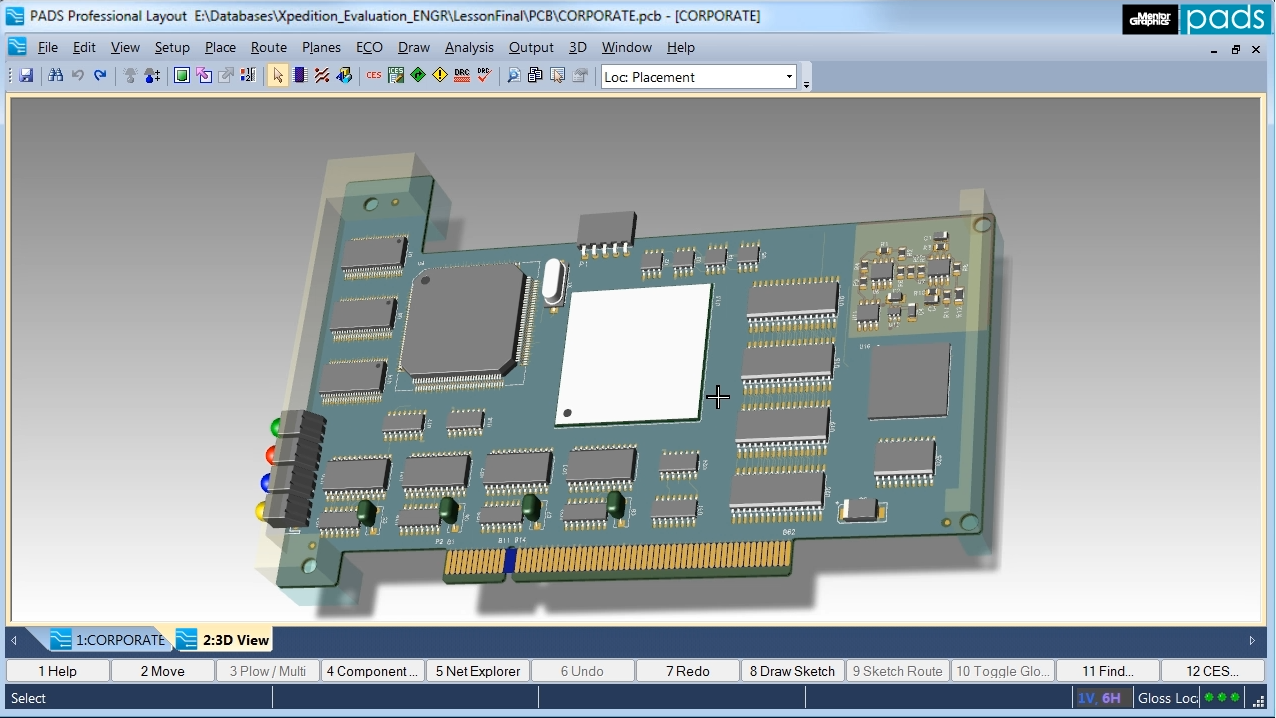
This means adding different components on your board and connecting them with wires. You have to create a schematic view of your board. You may get their allegro design and export the footprints that you can use after minimal or no change.ģ. There are reference designs available from companies like freescale.

You will need to be careful to verify that the existing footprint in your design library matches the mechanical dimension of the component according to its datasheet. In practise, you will already have most of the footprint available and you should need to create only few additional footprints for a new design. Footprints can be reused in the same board several times. Footprint is a physical view of theĬomponent that includes the holes through your board or pads for surface mount components. For each component, you have to create a footprint. You must get the physical part in hand to verify pin number 1 orientation and dimensions.Ģ. Interestingly, you will be devoting most careful about the electrically simplest component - connectors. Resistors, Capacitors,Inductors, Ferrite Beads In actual practice following are the main categories of the components used Once you have a list, collect the datasheets and look at the suggested footprints (that is, the hole sizes or pads) in those documents.

Select the components (capacitors, sockets, etc.) you will be using on your board. Others may like to get a general view of the design process which is follows:ġ. Those who had experience with one or more PCB design tool may skip this page.
#Pads viewer tutorial windows
This tutorial is for Windows XP but most of the things should be easy to be extended for Linux or Unix. This tutorial is intended for beginners in printed circuit board design who wish to complete a board using Cadence Allegro Tool.


 0 kommentar(er)
0 kommentar(er)
